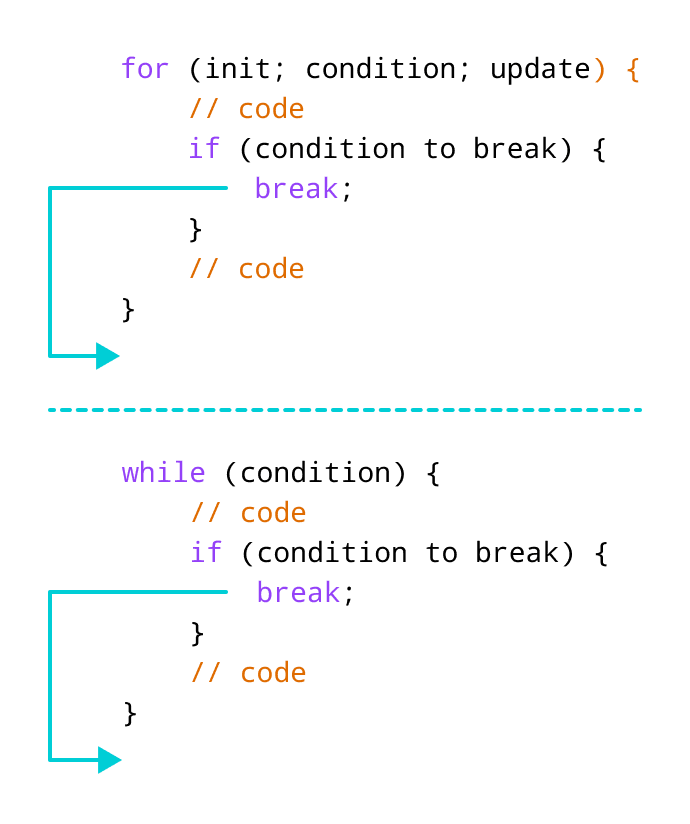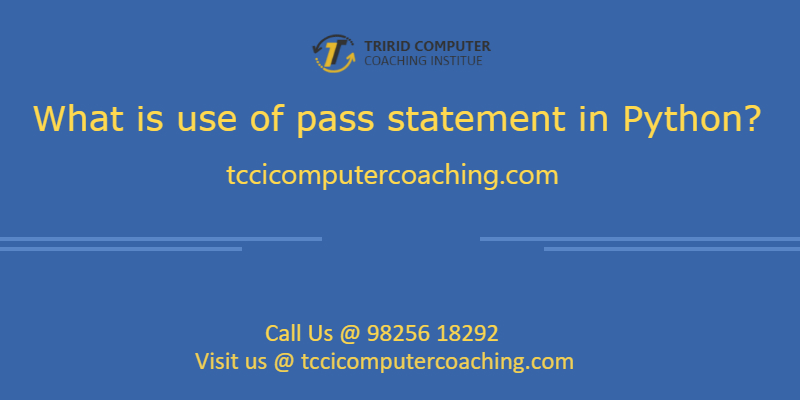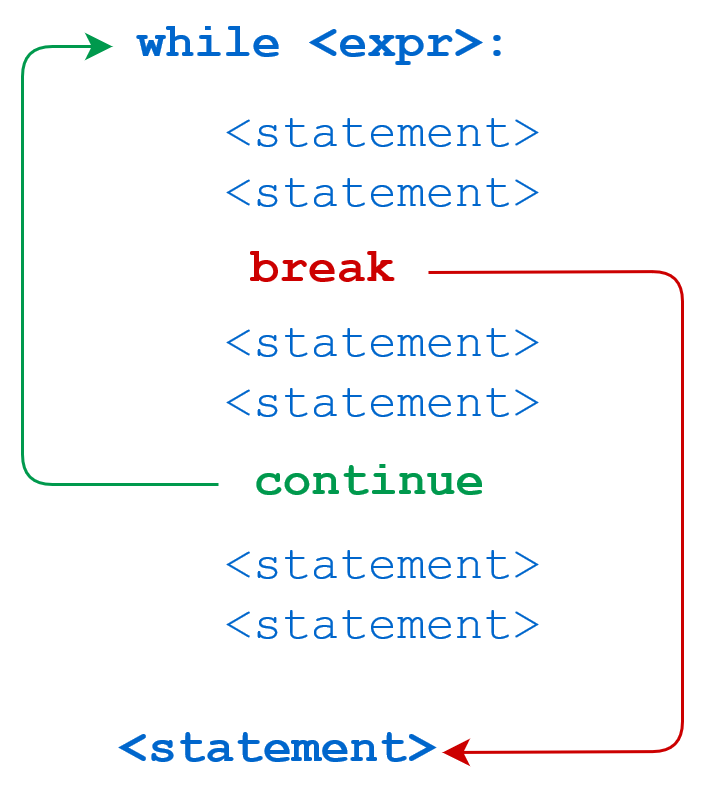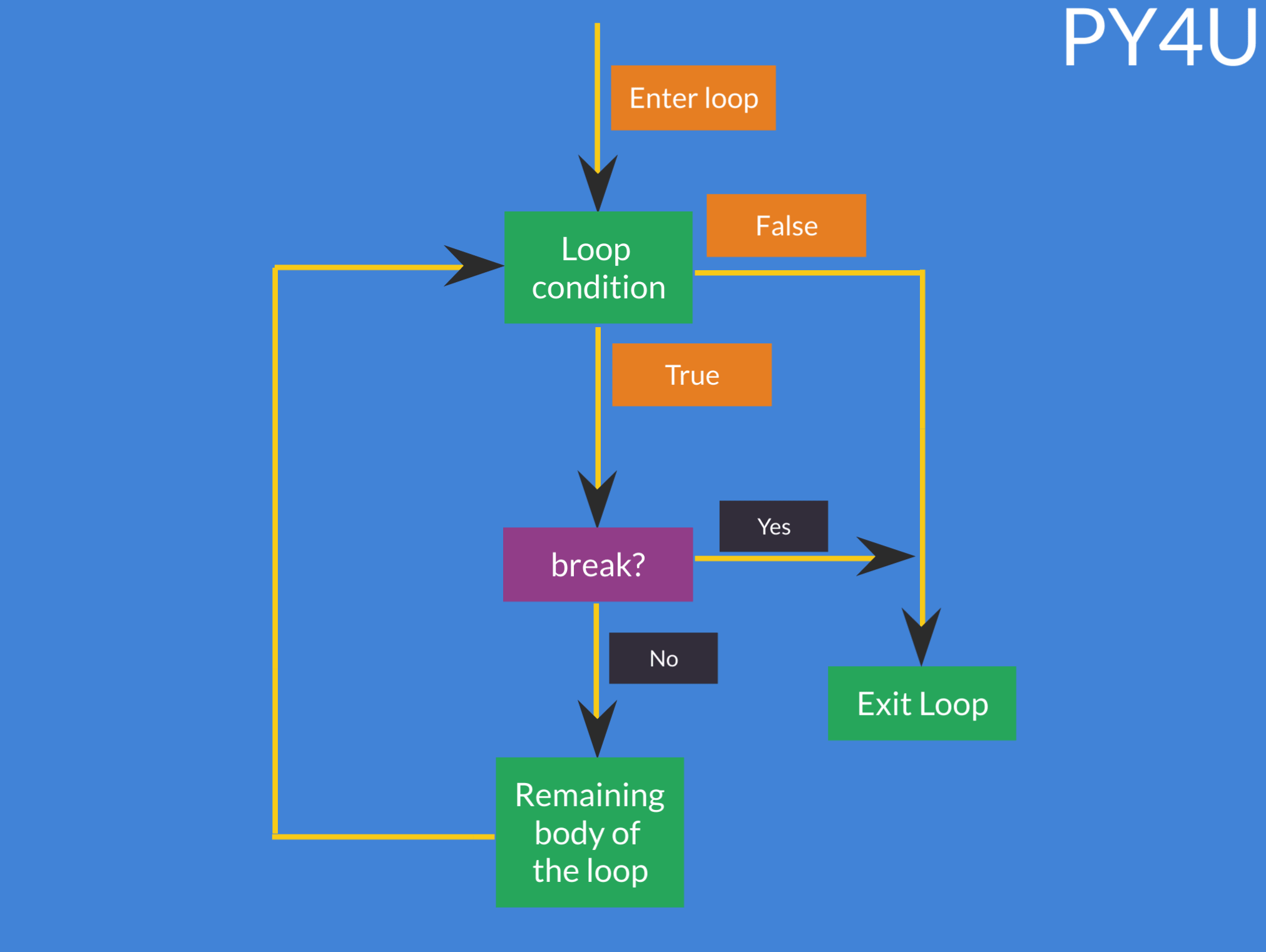Break Continue And Pass Statement Presentation
| Introduction to Break, Continue, and Pass Statements | ||
|---|---|---|
| Break, continue, and pass statements are control flow statements in programming languages. These statements alter the execution flow of a program. They are often used in loops and conditional statements to control the behavior of the program. | ||
| 1 | ||
| Break Statement | ||
|---|---|---|
| The break statement is used to terminate the execution of a loop or switch statement. When encountered, the break statement immediately exits the loop or switch and continues with the next statement after it. It is commonly used to stop a loop when a certain condition is met. | ||
| 2 | ||
| Continue Statement | ||
|---|---|---|
| The continue statement is used to skip the remaining statements in the current iteration of a loop. When encountered, the continue statement jumps to the next iteration of the loop, ignoring any statements below it. It is often used to skip specific iterations based on certain conditions. | ||
| 3 | ||
| Pass Statement | ||
|---|---|---|
| The pass statement is a placeholder statement that does nothing. It is used when a statement is required syntactically but no action is needed. Pass statements are often used as placeholders during development or as a way to create an empty code block. | ||
| 4 | ||
| Examples of Break Statement | ||
|---|---|---|
| In a while loop, the break statement can be used to exit the loop when a specific condition is met. In a switch statement, the break statement is used to end the execution of a particular case and prevent fall-through. Break statements can be nested within multiple loops or switch statements for more complex control flow. | ||
| 5 | ||
| Examples of Continue Statement | ||
|---|---|---|
| In a for loop, the continue statement can be used to skip the remaining statements in the current iteration and proceed to the next iteration. In a while loop, the continue statement can be used to skip specific iterations based on certain conditions. Continue statements can be combined with other control flow statements to create more specific behavior. | ||
| 6 | ||
| Examples of Pass Statement | ||
|---|---|---|
| Pass statements can be used as placeholders in function or class definitions that are not yet implemented. Pass statements can be used to create empty loops or conditional statements that can be filled in later. Pass statements can be used to ignore certain conditions temporarily while developing or debugging code. | ||
| 7 | ||
| Best Practices for Using Break, Continue, and Pass | ||
|---|---|---|
| Use break statements sparingly and only when necessary to avoid creating complex and hard-to-read code. Be cautious when using continue statements, as they can lead to unexpected behavior if not used correctly. Comment pass statements clearly to indicate their purpose and prevent confusion during code maintenance. | ||
| 8 | ||
| Benefits of Break, Continue, and Pass Statements | ||
|---|---|---|
| Break, continue, and pass statements provide flexibility and control over the flow of a program. They allow programmers to easily exit loops, skip iterations, or create placeholders for future code implementation. Proper use of these statements can improve code readability and maintainability. | ||
| 9 | ||
| Conclusion | ||
|---|---|---|
| Break, continue, and pass statements are essential tools for controlling the flow of a program. Understanding and using these statements effectively can lead to more efficient and readable code. By using break, continue, and pass statements appropriately, programmers can have greater control over the execution of their programs. | ||
| 10 | ||
| References (download PPTX file for details) | ||
|---|---|---|
| [Insert reference 1]... [Insert reference 2]... [Insert reference 3]... |  | |
| 11 | ||








